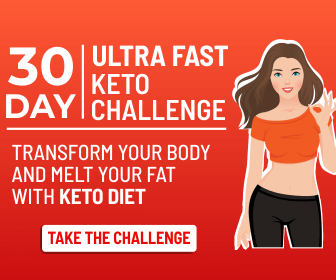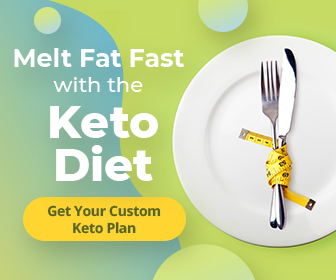How to Get More Electrolytes When You’re on a Keto Diet
The keto diet can be the answer you’re looking for if you want to lose weight. However, there is a side effect to the diet that you have to understand and watch out for. Sometimes on the keto diet, your electrolytes can get out of balance.
When that happens, you’ll end up not feeling your best and for your health’s sake, you’ll need to make sure that you get the electrolytes that your body needs. Eating low carb, especially under twenty carbs, means that the way electrolytes are processed in your body changes.
It’s these changes that can lead to an imbalance along with dehydration. The biggest risk is right at the beginning of the diet, but it can happen at any time. Because you’re eating so few carbs, you won’t be needing the same amount of insulin that you once did.
Your pancreas will slow production of insulin. When that happens, your stored glucose ends up well below the amount you once had. You can even reach the point where your body is no longer storing glucose.
Once the body reaches that point, you’ll experience a faster weight loss because your kidneys are kicking into high gear to rid the water, rather than keeping it. With a water weight loss, your drop in weight will be noticeable right away.
You’ll see more pounds lost on the scale than ever before. While losing your water weight isn’t really a problem, what is a problem is that your electrolytes are being lost right along with the water.
When you don’t have the right balance of electrolytes, your body will make this known.
You’ll experience headaches and muscle cramps. You may have digestive problems. Your heart can race and you might feel sick to your stomach or dizzy.
Watching out for your electrolyte balance is something you need to take care of long before it’s ever a problem. Make sure that you have plenty of salt in your keto diet. Salt helps the body hold onto water and you need sodium when you’re on the keto diet.
Without enough sodium, you’ll notice that your muscles aren’t working well and you’ve experiencing pain and cramping. You can use more salt in your food or make dishes using broth, which is high in sodium.
Include foods that are high in potassium in your keto diet. You need potassium for your heart’s sake. Eat foods that are rich in this mineral. This would be something like bacon, or avocado.
Also make sure that you’re also getting enough magnesium. If not, it can cause muscle cramps, high blood pressure, irregular heartbeat, fatigue, nervousness and poor bone health over time.

